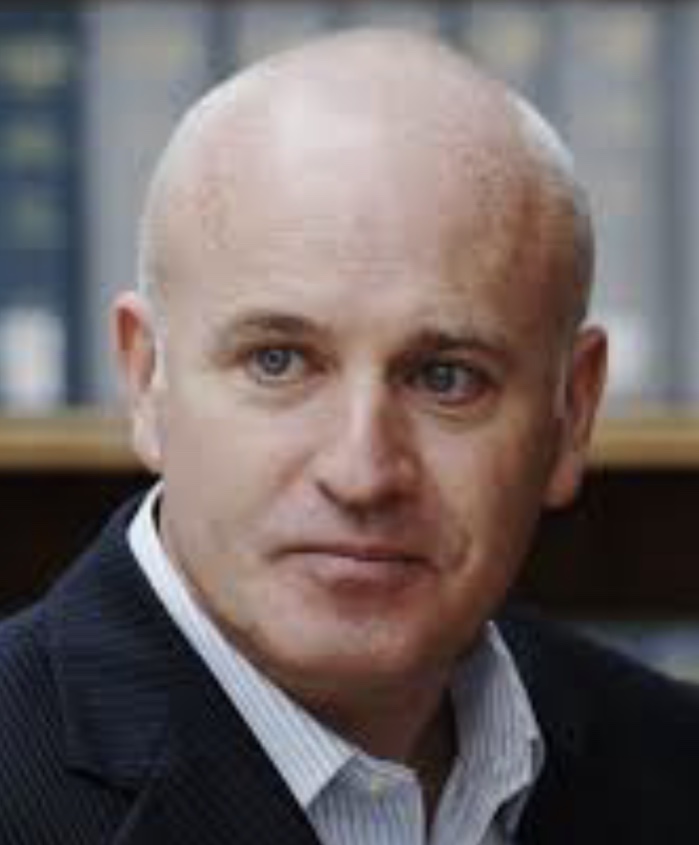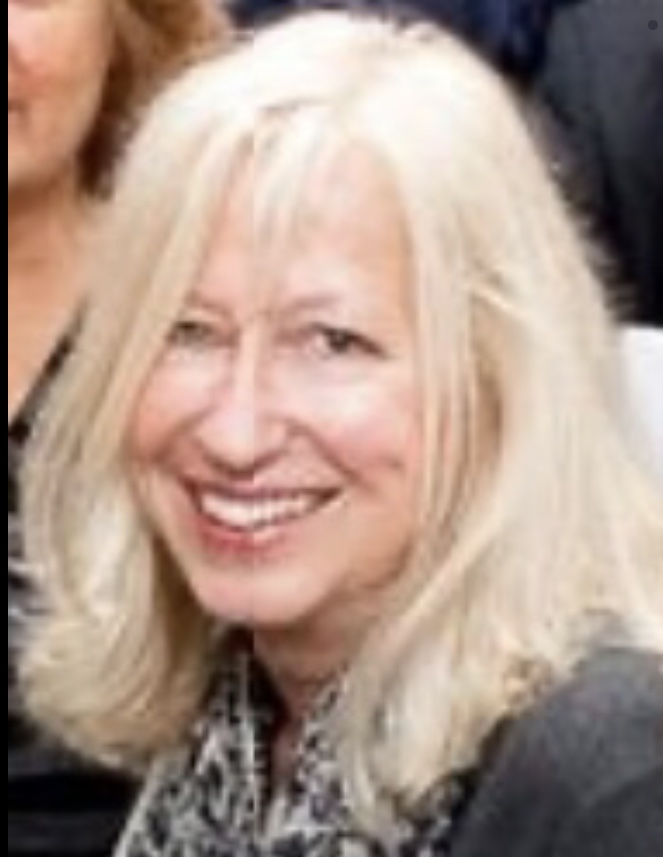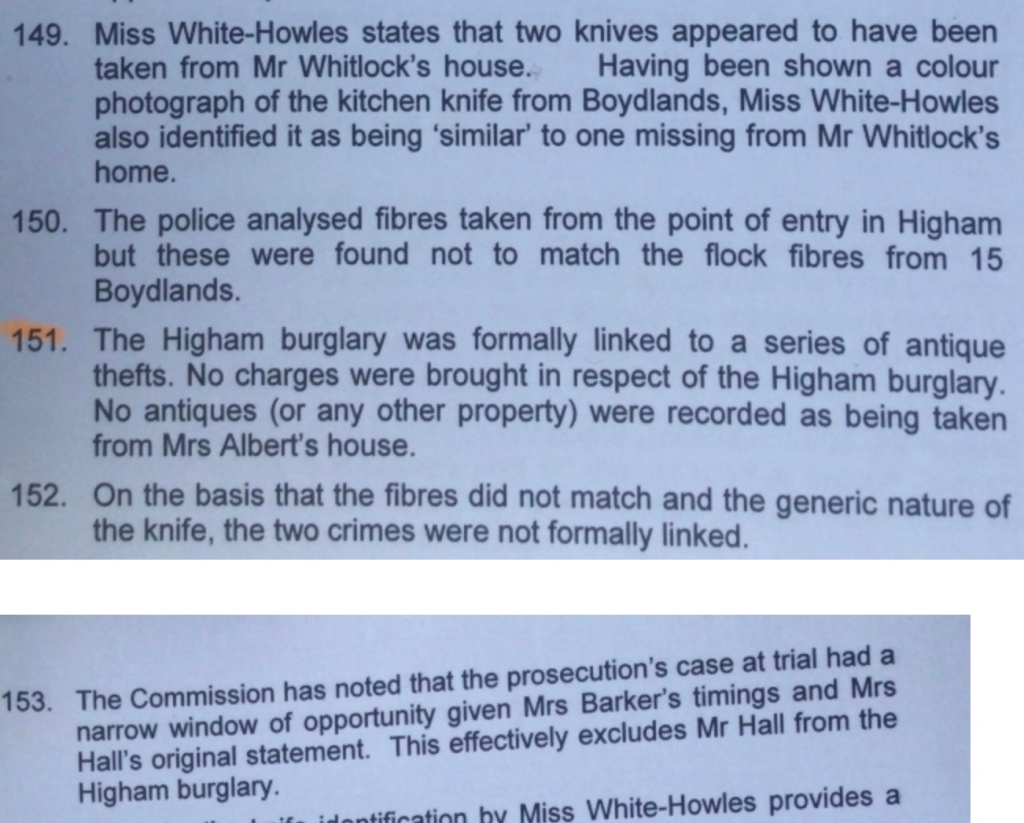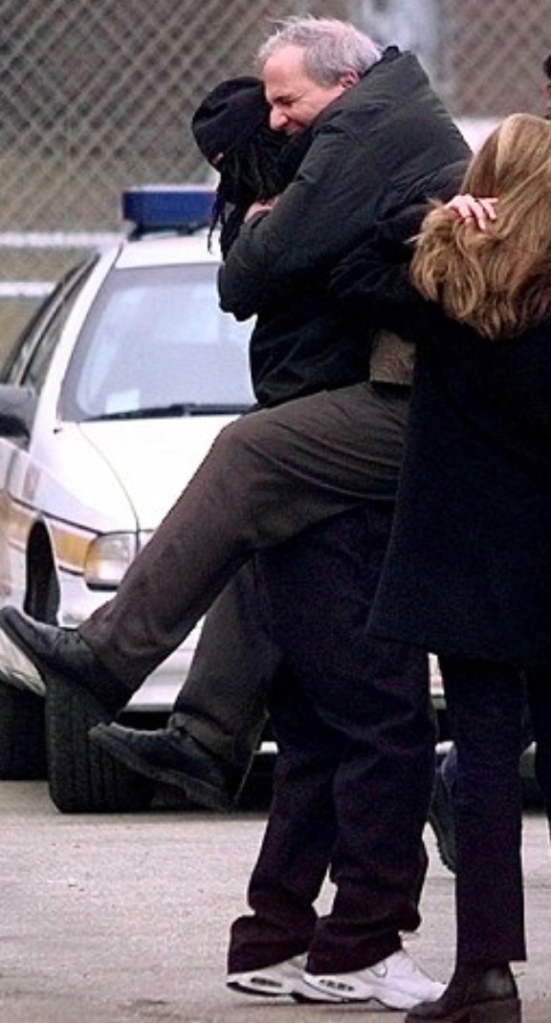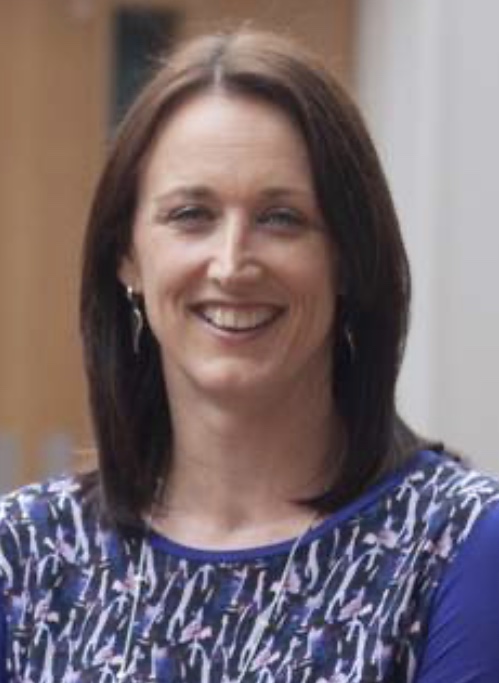As stated in Part 19a of this blog series Michael Naughton, and in turn Heather Mills from Private Eye magazine, lied in 2009 about the “fingerprints found above Mrs Albert’s body” and “DNA on her body”.

The November 2009 Private Eye article (Referred to in Part 19 here) also stated;
Eye readers will recall that Hall was only put in the frame because his mother used to care for Mrs Albert and had a key to her house.
He had a firm alibi for all but about half an hour on the night Mrs Albert was killed.
He was pubbing and clubbing with friends in Ipswich, dropping one off at his house between 05:30 and 6am, before arriving home to his mother, Lynne, at round 6.15am.
As it was, it was unlikely he could have broken in to Mrs Albert’s home, killed her and arrived back home.
But there was absolutely no way he could have burgled one old person’s home and then moved on to Mrs Albert’s.
Excerpts from page 29 of Heather Mills article for Private Eye magazine published on the 13th of November 2009 (Edition number 1249)
Heather Mills following statement;
But there was absolutely no way he could have burgled one old person’s home and then moved on to Mrs Albert’s.
was pointless and was yet another innocence fraud distraction tactic.
As already mentioned in Part 19a here the Higham burglary “was formally linked to a series of antique thefts” and the “two crimes were not formally linked”, ie: killer Simon Hall’s murder of Joan Albert in Capel St Mary was not related to the antiques theft of “the old person’s” home in Higham.
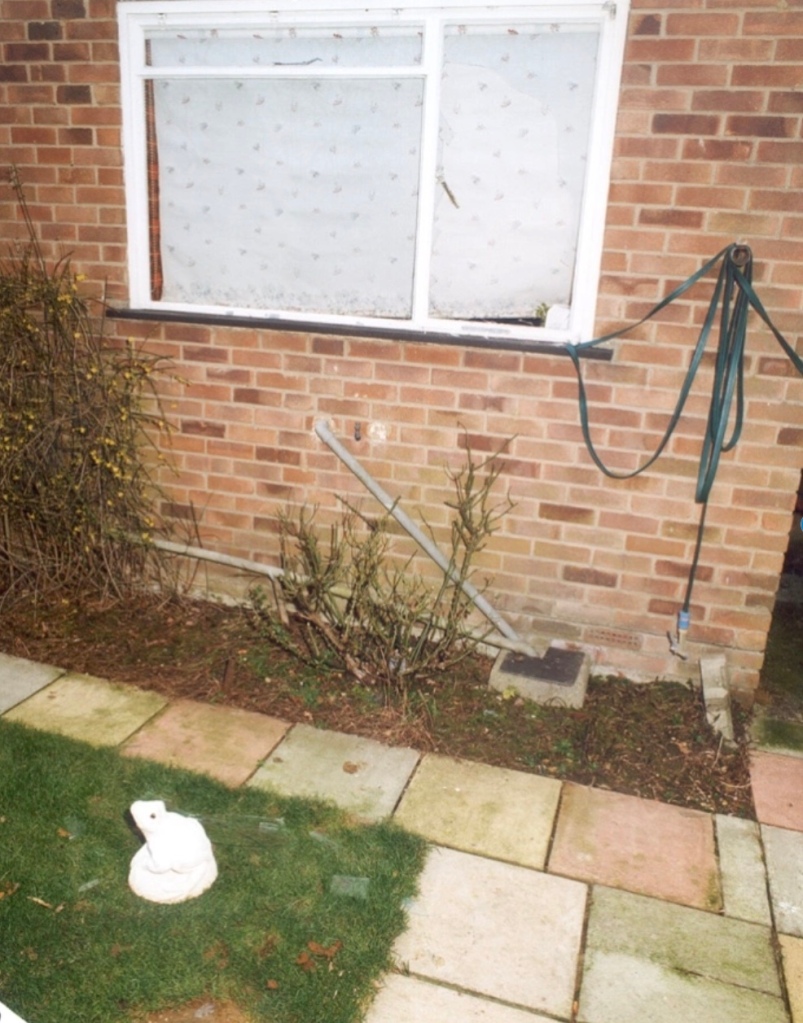
The fact killer Simon Hall’s adoptive mother Lynne Hall had a key to Joan Albert’s home was irrelevant because Simon Hall broke Joan Albert’s kitchen window (Pictured above) to gain access to her and her home.
If Simon Hall had of had a “firm alibi” as suggested by Heather Mills for Private Eye magazine (courtesy of Michael Naughton), it’s unlikely Simon would have been “put in the frame” in the first place.
TIE (Trace/Interview/Eliminate) Suspect
There were numerous reasons why killer Simon Hall was “put in the frame” for his murder, some of which have already been highlighted throughout this blog series, which begins here.
For example, as referred to in Part 2 here due to the fact Simon Hall had previous criminal convictions for violence, and because he had in the past lived nearby and knew the area well, Simon Hall’s name was quickly flagged by the HOLMES information technology system used by police for investigations.
Simon Hall was automatically categorised as a TIE suspect (trace, interview, eliminate) in relation to Joan Albert’s murder.
Therefore Suffolk police may have known when they first began interviewing Lynne Hall on the 18th of December 2001, that her youngest adoptive sons name had already been flagged up by HOLMES.
Lynne Hall’s behaviour and statements in particular gave numerous suspicious and conflicting accounts from the very beginning of her contact with the police.

Photo courtesy of BBC
This was clearly done by Lynne Hall in an attempt to deflect away attention and cover up for her adoptive guilty killer son Simon Hall.
More on Lynne Hall and her evidence can be read by tapping on the button below;
By Tuesday the 18th of December 2001, just two days after Joan Albert was discovered to have been murdered, Lynne Hall was offering up two possible suspects.
Lynne Hall told Suffolk police she had seen two youths/men in the village of Capel St Mary “on the Monday or Tuesday of the previous week the 10th and 11th December”.
Lynne Hall also stated on the same day;
I thought about ringing the barman Trevor ***** who is a builder in the village, in fact I didn’t do that.
That roof is quite high with a flat roof.
I believe from that roof Joan’s house could be seen
It is not known what Lynne Hall thought “ringing the barman Trevor ***** who is a builder in the village” would have achieved exactly, but many other houses would have been “seen from that roof”.
If Lynne Hall had had genuine concerns about the two youths/men, including the one who she said had “a pleasant face” but who gave her “the impression they seemed guilty”, why didn’t Lynne tell someone at the time or contact the police?
It appears Lynne Hall’s choice of words were a Freudian slip or her psychological projections perhaps, or a combination of the two?
Were Lynne Hall’s unconscious emotions about the men she had allegedly seen the week before, really all about her adoptive killer son Simon Hall and what Lynne had witnessed just two days earlier?
Questions For Lynne & Phil Hall
Was it really killer Simon Hall with his “pleasant face” who gave Lynne Hall the “impression he seemed guilty” when he arrived at her and Phil Hall’s home at 6.30am, after having committed his murder of Joan Albert?
Lynne Hall went on to state in November 2013 (Read more in Part 10 here) that she had seen the “microwave size” locker her adoptive son Simon Hall, and Jamie Barker, had stolen from the Zenith Windows burglary, allegedly in her garden on the morning of her sons murder of Joan Albert.
Why did Lynne Hall really choose to omit to tell Suffolk police about this fact at the time, and what else did Lynne Hall lie by omission to Suffolk police about?
Lynne Hall said she had apparently asked her adoptive son Simon what the stolen “microwave size” locker was and had then apparently told him to “get rid” of said stolen locker as she “did not want it in her garden”.

Killer Simon Hall claimed he got “rid of” the stolen “microwave size” locker in an industrial waste bin (Along with the clothing, shoes and leather jacket he wore when he committed his murder of Joan Albert) early on the morning of Monday the 17th of December 2001.
Rather than telephone his line manager to ask for a few days off work in order to “look after” his adoptive mother Lynne (Which was the reason he gave for asking for a few days off work) Simon Hall used the excuse to drive to State Chemicals in Colchester to dispose of all incriminating evidence.
Suspicious Behaviour & Vanishing Clothing & Shoes
What exactly did Lynne Hall make of her adoptive son driving all the way to Colchester to ask for a couple of days off, when a quick telephone call could have been made instead?
Did Simon Hall behaviour strike Lynne Hall (or any of the Hall family members) as suspicious or unusual or was Lynne Hall actually aware of the fact Simon needed to “get rid” of incriminating evidence?
It is not known if Lynne and/or Phil Hall saw Simon Hall put the “microwave size” locker in his car, or if either of them saw Simon carrying the clothing, shoes and bulky leather jacket he had been wearing when he carried out his murder of Joan Albert, down the stairs from bedroom 3 and out of their home on that Monday morning.
It is also not known if a conversation was ever had between Simon and Lynne, and/or Phil Hall, about why Simon’s clothing, shoes and leather jacket had suddenly vanished.
Lynne & Phil Hall’s Lies & Concoctions
Simon Hall had purchased a brand new pair of mole skin type jeans/trousers from Tesco’s the day before.
He then drove straight to his adoptive parents home in Capel St Mary with his new jeans/trousers and had spent a maximum of an hour at their house, before heading out for the night.
Lynne Hall claimed to the police on the day her adoptive son was arrested;
On Saturday the 15th of December 2001 I was ill in bed all day.
I seem to think that Simon was around during the day and he put his head in to make sure I was okay.
I may have popped down to make a drink.
The Sunday we were off to Stoke Rochford in Lincolnshire which is a stately home, it was a family get together.
Simon told me at some stage that Saturday that he was going out and would probably not be back that night.
I told him to be back because we were leaving early.
I wanted him home at five or six am as I wanted to make sure he was okay and dressed properly
Excerpt’s from Lynne Hall’s 25th July 2002 police witness statement
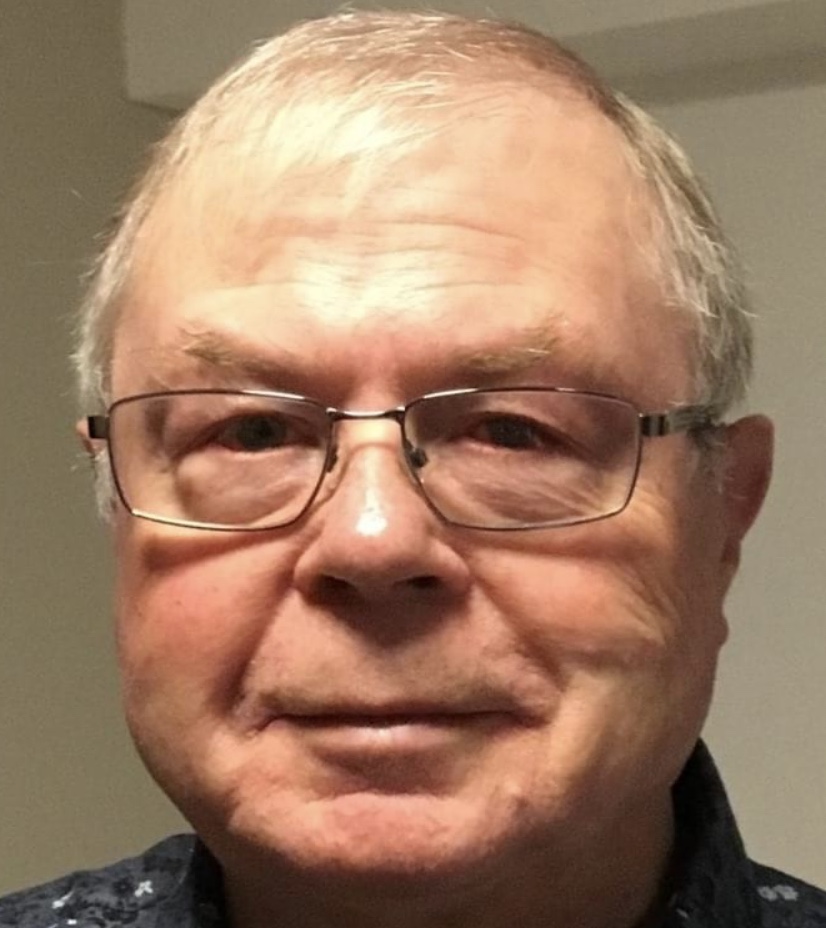
Also on the day his adoptive son was arrested, Phil Hall stated;
On the 15th December 2001 my wife was upstairs unwell in bed, I don’t know when Simon left the house or even if I saw him at all that day.
I do not know what he was wearing that day at all.
I recall that Lynne had asked Simon to make sure he was back in time to leave for Stoke Rochford in Lincolnshire where we had a family do
Excerpt from Phil Hall’s police witness statement dated 25th July 2002
Did Lynne and Phil Hall really not recall seeing Simon Hall wearing his ‘larey black shirt with red splashes over it’?
Nicola, who referred to her diary entries recalled seeing Simon wearing this particular shirt a week earlier.
Tap on the button below to read more about Nicola’s evidence;
Nicola had stated in her evidence that she recalled “laughing at” the shirt because “it was a bit larey’ or loud”
I do recall laughing at Simons shirt which was black with red splashes over it
It was a ’bit larey’ or loud
Excerpts from Laura T’s friend Nicola’s police witness statement dated 27th August 2002


